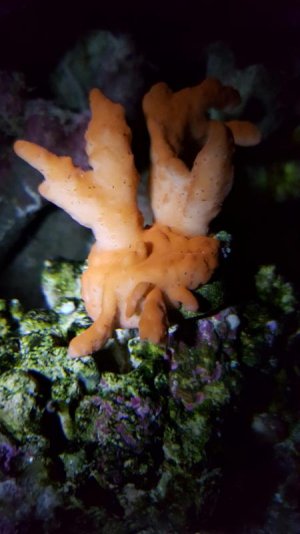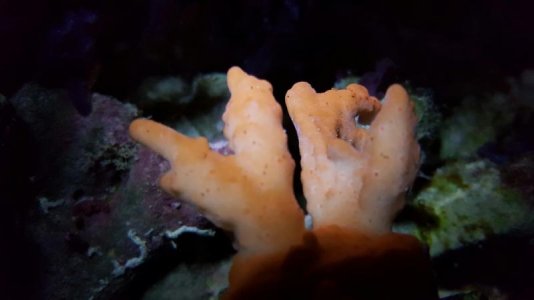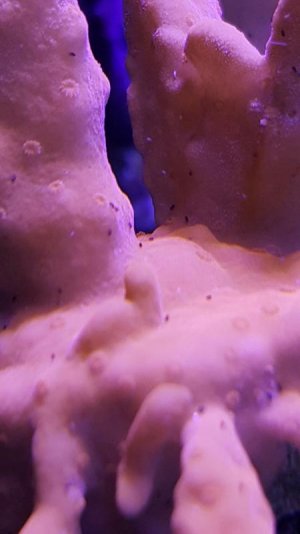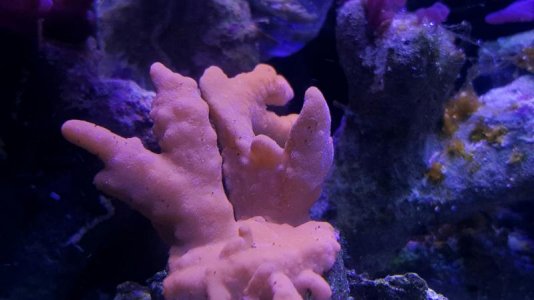jmareef1022
New member
I first noticed them a while back but didn't really pay no mind. Until tonight when I saw a bunch on my setosa. I began to count and when I reached 20+ I decided it was time to take action. What's the fastest way everyone..can I just pull the piece out and blow them away, or is the bayer dip or interceptor a must.. Thanks again




